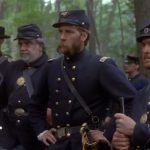A Quiet Place (2018)
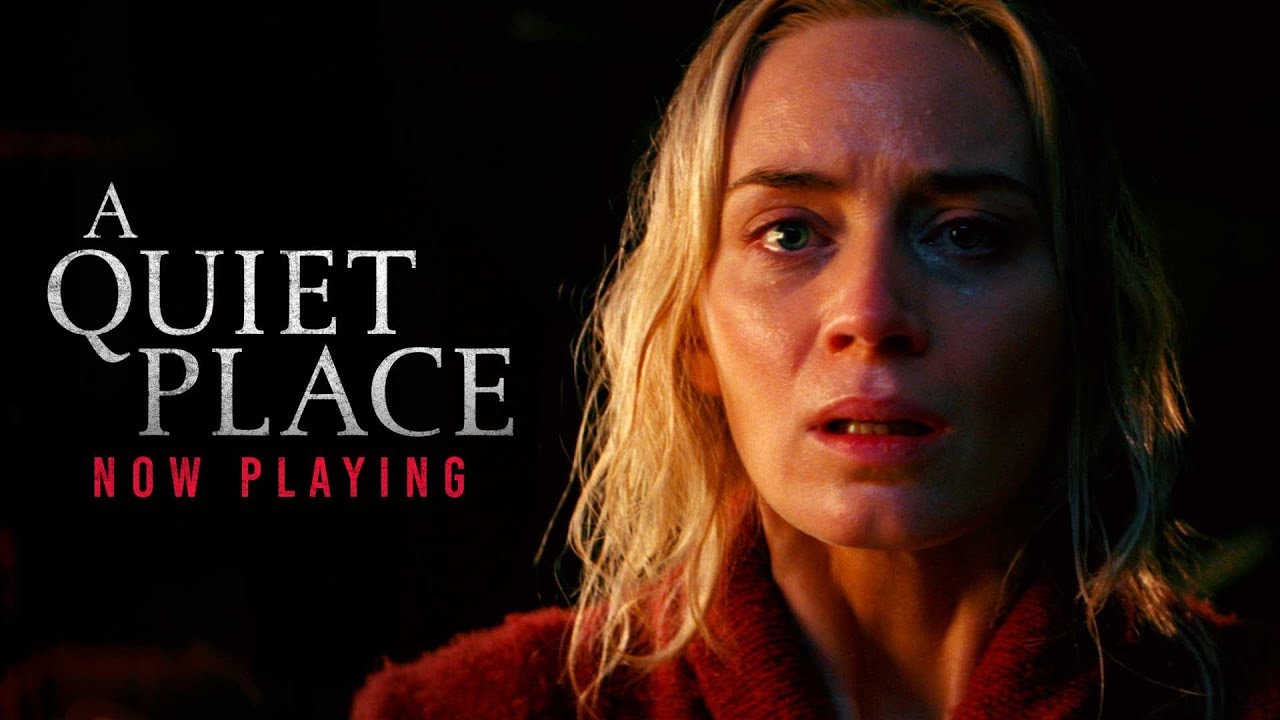
A Quiet Place (2018), directed by John Krasinski, is a gripping and innovative horror-thriller that takes a fresh approach to the genre, relying on suspense, atmosphere, and emotional depth rather than jump scares. Set in a post-apocalyptic world where blind, sound-sensitive creatures hunt humans by sound, the film follows the Abbott family as they struggle to survive in a world where silence is their only defense. It’s a masterclass in tension-building and storytelling, blending horror with poignant themes of family, sacrifice, and survival.
The film opens in a deserted town where the Abbotts, a family of four, move carefully through their daily lives. Parents Evelyn (Emily Blunt) and Lee (John Krasinski), along with their two children, Regan (Millicent Simmonds) and Marcus (Noah Jupe), communicate primarily through sign language to avoid making noise. The family is living under constant threat from mysterious, deadly creatures that attack anything that makes a sound. With most of the world now decimated by these creatures, the Abbotts have adapted to survive in an eerie, soundless existence.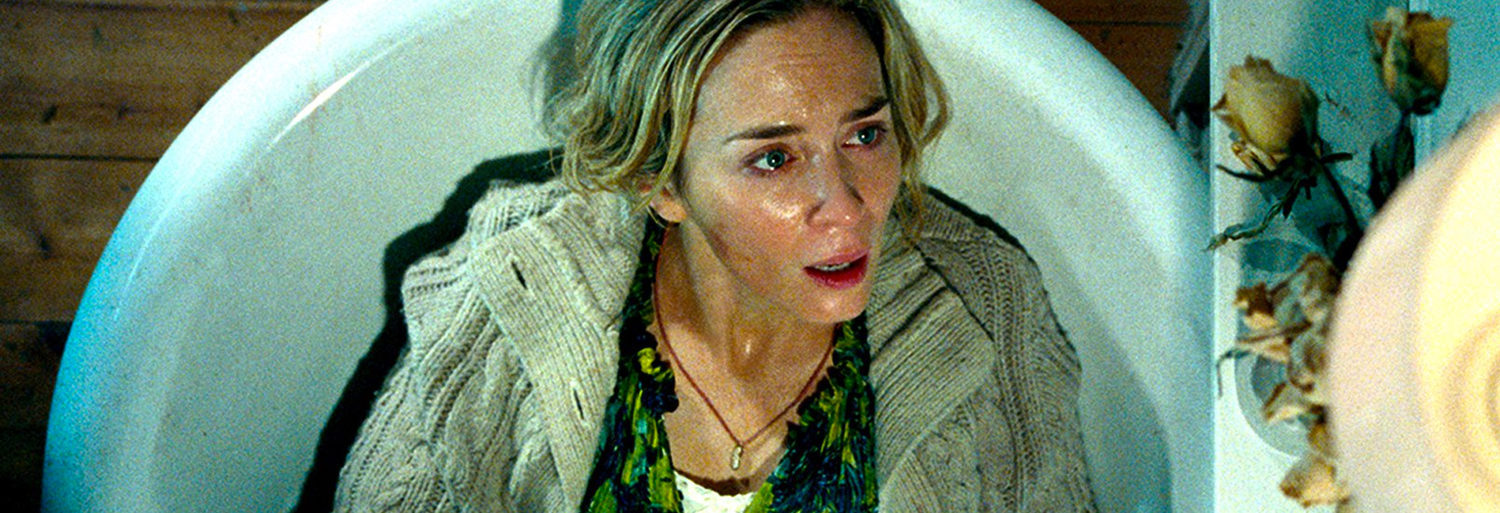
The film’s central tension comes from the fact that even the smallest sound—whether it’s a dropped object or a cry of pain—could bring the creatures to their door. This creates a constant sense of anxiety and claustrophobia, making every moment feel fraught with danger. The use of sound (or lack thereof) is the film’s greatest strength. Director John Krasinski, along with sound designer Erik Aadahl, crafts a world where silence becomes its own form of horror, amplifying every rustle, footstep, and breath.
At the heart of A Quiet Place is the relationship between Lee and Evelyn as they fight to protect their children in a world where every day is a battle for survival. Emily Blunt’s performance as Evelyn is exceptional, conveying the grief, fear, and strength of a mother who will do anything to protect her family. Krasinski, who also stars in the film, brings a quiet intensity to his role as Lee, a father who is determined to shield his family from the horrors of the world. The film effectively highlights their bond, both as a couple and as parents, adding an emotional layer to the otherwise terrifying scenario.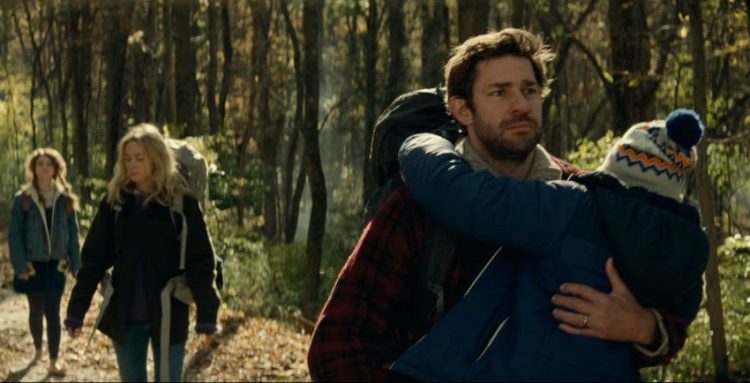
Millicent Simmonds, a deaf actress who plays the couple’s daughter Regan, gives a standout performance. Regan’s deafness, while initially seen as a vulnerability in a world where sound is the enemy, ultimately becomes a vital asset to the family’s survival. Her character’s arc is deeply emotional, particularly as she struggles with feelings of guilt over a past incident involving her brother. The film explores the idea of communication, both verbal and non-verbal, and how the family must rely on each other in creative and resourceful ways.
The creatures themselves, though mostly unseen, are terrifying in their design and the tension they create. Their appearance is chilling—large, monstrous, and armed with deadly hearing capabilities. The film wisely keeps them largely in the shadows, letting the audience’s imagination fill in the blanks, which only heightens the fear. When the creatures do appear in full, the result is both shocking and thrilling, adding to the heart-pounding atmosphere that builds throughout the film.
Krasinski’s direction is taut and economical, never wasting a moment. He makes brilliant use of the film’s silence, allowing the audience to feel every creak of the floorboards and the rustle of the wind. The sound design is integral to the film’s tension, with moments of complete quiet followed by sudden, jolting noises that make the heart race. The film’s pacing is relentless, with moments of suspense building into action-filled crescendos, then returning to quiet, anxious moments where every sound is magnified.
The cinematography by Charlotte Bruus Christensen is stark yet beautiful, using wide shots of the desolate, empty landscapes to evoke a sense of isolation. The sparse, rural setting of the film—a house surrounded by cornfields and forest—adds to the sense of entrapment, with the family living in a constant state of vigilance. The use of shadows and light is particularly effective, as the filmmakers play with the contrast between the visible and the unseen, making every crevice of the world feel dangerous.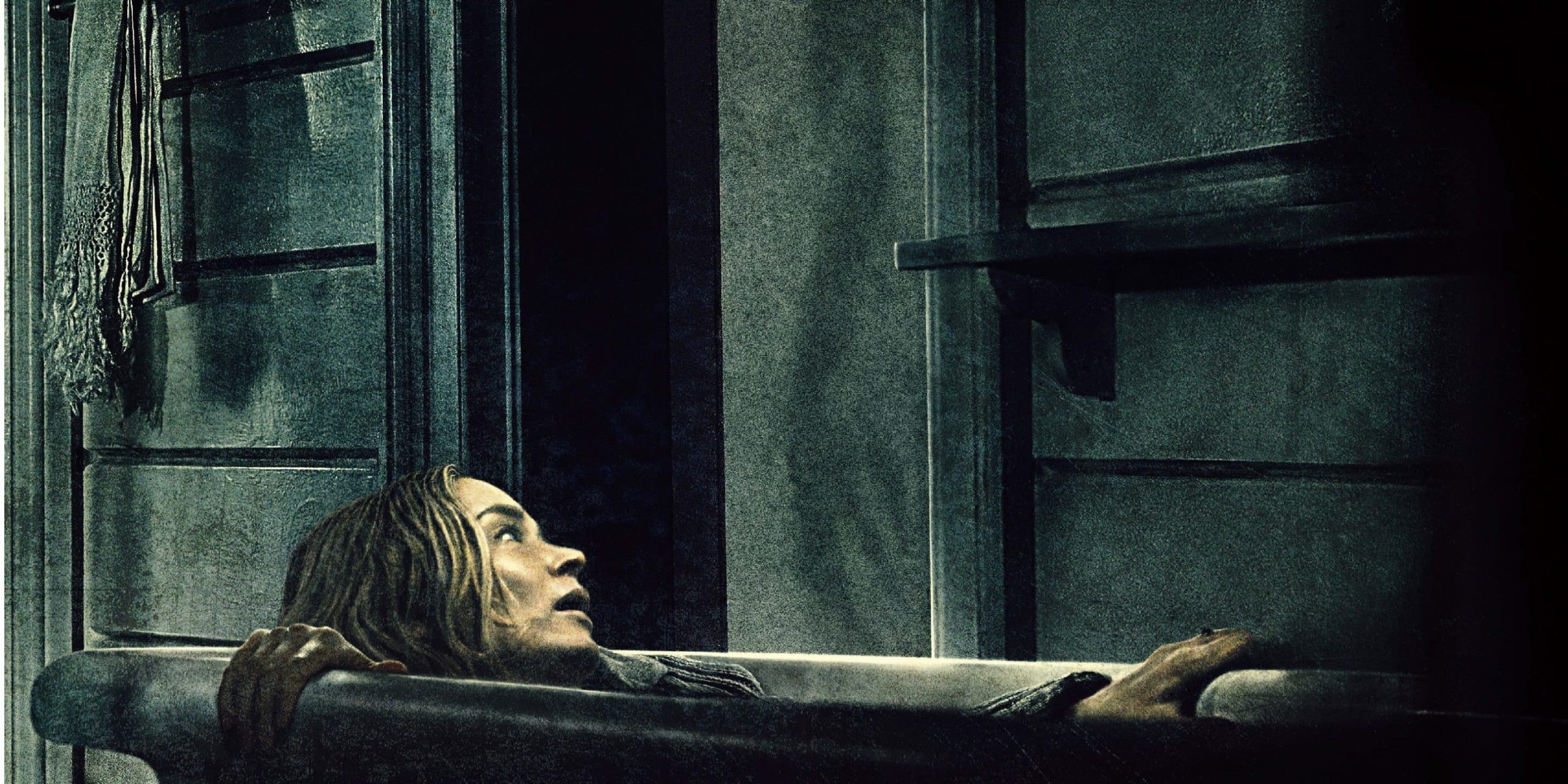
A Quiet Place is a film that combines pure horror with deep emotional resonance. The Abbotts’ struggle to survive is framed not just as a fight against monstrous creatures but as a fight to maintain their humanity in an unforgiving world. It’s a film about the importance of family, the weight of sacrifice, and the lengths a parent will go to protect their children. There’s a quiet beauty in the way the film explores love and loss amidst terror, and it’s these emotional undercurrents that make it more than just a typical horror film.
The film’s ending, which offers both a heart-wrenching and hopeful conclusion, is a testament to the family’s resilience and the power of human connection, even in the most dire circumstances. It’s a thrilling, emotionally charged experience that keeps the audience on edge from start to finish. With its innovative premise, solid performances, and heart-pounding tension, A Quiet Place stands as one of the standout horror films of the decade, offering more than just scares—it offers a poignant meditation on survival, sacrifice, and family.



